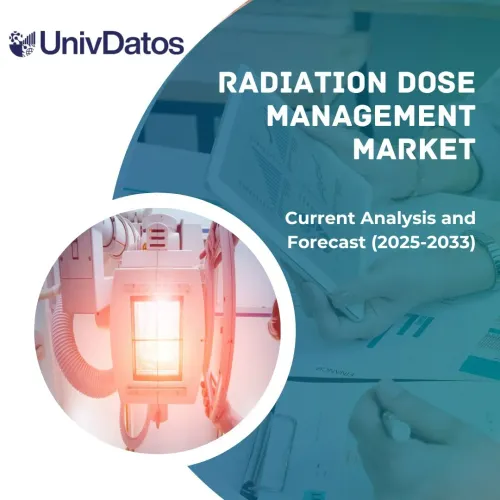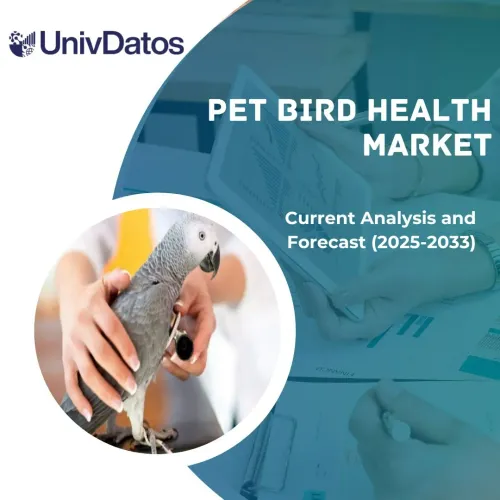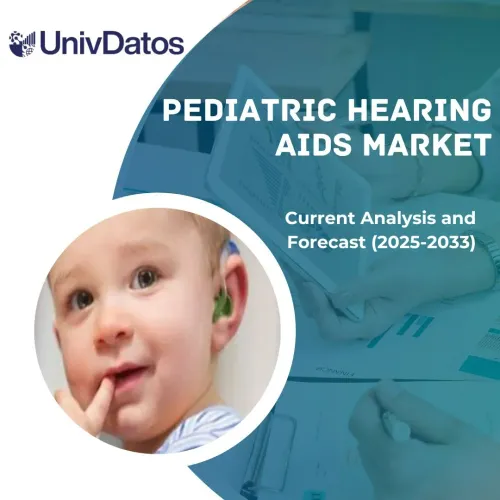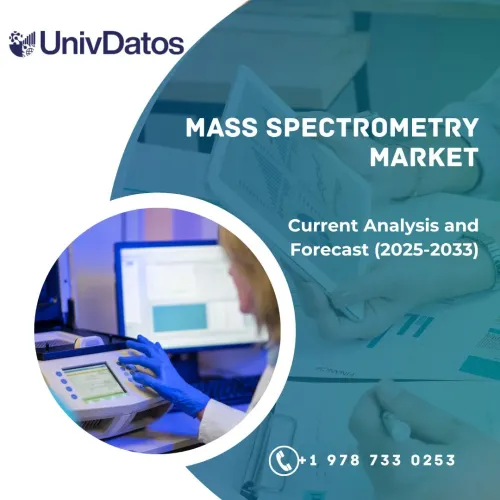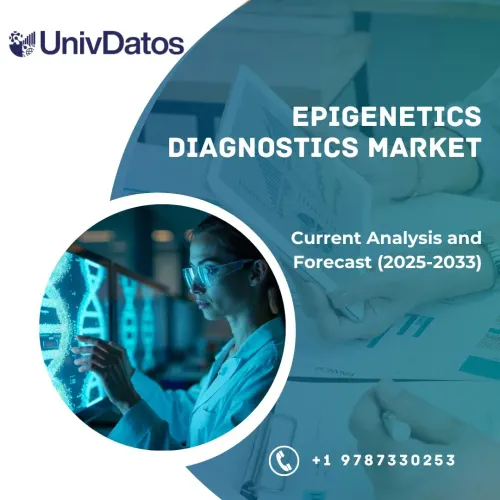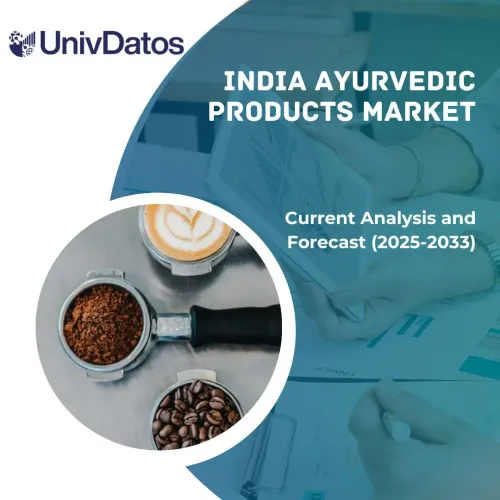- Strona główna
- O nas
- Branża
- Usługi
- Czytanie
- Kontakt
Rynek Dawstwa Jajec: Aktualna Analiza i Prognoza (2022-2028)
Nacisk na Typ (Świeże Jajeczka Dawcy, Zamrożone Jajeczka Dawcy); Użytkownik Końcowy (Kliniki Płodności, Szpitale, Inne); oraz Region/Kraj
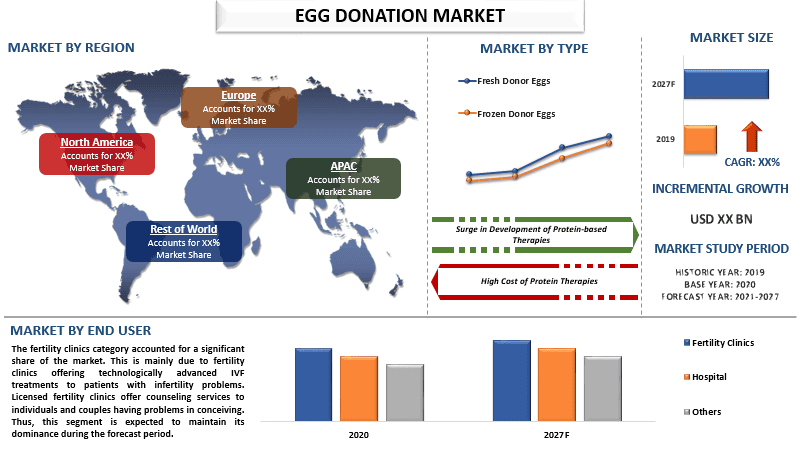
Oczekuje się, że globalny rynek dawstwa jajec zarejestruje CAGR na poziomie ~15,7% w okresie 2022-2028.Dawstwo jajec to proces, w którym płodna kobieta oddaje komórkę jajową innej kobiecie, aby pomóc jej zajść w ciążę. Jest to część wspomaganej technologii reprodukcyjnej. Zatem pomogło to kilku niepłodnym parom w poczęciu dzieci o wysokim wskaźniku sukcesu.Według Europejskiego Towarzystwa Rozrodu Człowieka i Embriologii, w 2019 roku Hiszpania była najbardziej aktywnym krajem w zakresie wspomaganej reprodukcji, z rekordową liczbą 140 000 przeprowadzonych procedur.Zatem rosnący trend procedur wspomaganej reprodukcji prowadzi do wzrostu zapotrzebowania na procedury dawstwa jajec. Ponadto różne czynniki, takie jak rządy, podejmują różne działania w wyniku słabej świadomości zdrowotnej i wzrostu wskaźników niepłodności na całym świecie. Rządy i inne instytucje opieki zdrowotnej często wprowadzają nowe polityki i inicjatywy.Na przykład w 2021 roku indyjski rząd uchwalił ustawę o wspomaganej technologii reprodukcyjnej (ART). Ustawa wymaga, aby dawczyni komórki jajowej była mężatką z dzieckiem, które ma co najmniej trzy lata.Zatem wyżej wymienione czynniki napędzają wzrost rynku.
Egg Donor America, ConceiveAbilities, Circle Surrogacy & Egg Donation, Egg Donation, Inc., Boston IVF, Monash IVF Group, Virtus Health, Bourn Hall International, Morpheus Life Sciences Pvt. Ltd. i Beverly Hills Egg Donation to niektórzy z kluczowych graczy na rynku. Kilka fuzji i przejęć wraz ze partnerstwami zostało podjętych przez tych graczy w celu ułatwienia klientom dostępu do zaawansowanych technologicznie i innowacyjnych produktów/technologii.
Informacje Przedstawione w Raporcie
„Wśród typów, kategoria świeżych jajec dawczyni ma odnotować znaczny CAGR w prognozowanym okresie”
W oparciu o typ, rynek jest podzielony na świeże jajeczka dawczyni i zamrożone jajeczka dawczyni. Spośród nich oczekuje się, że świeże jajeczka dawczyni odnotują znaczny CAGR w okresie prognozy. Wynika to głównie z faktu, że świeże jajeczka dawczyni są preferowane przez ludzi ze względu na ich wyższy wskaźnik sukcesu. Świeże jajeczka są używane z powodu słabej rezerwy jajnikowej, braku jajnika, słabej jakości oocytów i jakości zarodków u kobiet biorczyń. Według Human Fertilization & Embryology Authority (HFEA), około 53000 pacjentek miało 69 000 cykli IVF ze świeżymi i zamrożonymi komórkami oraz 5700 cykli inseminacji dawczynią w licencjonowanych klinikach płodności HFEA w Wielkiej Brytanii w 2019 roku.
„Wśród użytkowników końcowych, kliniki płodności mają odnotować znaczny CAGR w okresie prognozy”
W oparciu o użytkownika końcowego, rynek jest podzielony na kliniki płodności, szpitale i inne. Wśród nich oczekuje się, że kliniki płodności odnotują znaczny CAGR w okresie prognozy. Wynika to głównie z oferowania zaawansowanych technologicznie zabiegów IVF pacjentom z problemami z niepłodnością. Ponadto kliniki płodności i ośrodki IVF zwykle współpracują z bankami komórek jajowych, aby skrócić czas trwania procedury. Zatem rodziny najczęściej przechodzą procedury IVF w klinikach płodności.
„Ameryka Północna odnotuje znaczny wzrost w okresie prognozy”
Oczekuje się, że Ameryka Północna odnotuje najwyższy CAGR w okresie prognozy ze względu na rosnącą częstość występowania niepłodności i wzrost wydatków na opiekę zdrowotną w krajach takich jak USA i Kanada. Ponadto zwiększona świadomość wśród ludności regionalnej dotycząca dostępności zaawansowanych technologii reprodukcyjnych oraz nasilające się obawy dotyczące bezpieczeństwa i zdrowia pracowników służby zdrowia zwiększają popyt na dawstwo jajec.Według CDC, w 2021 roku około 10% kobiet (6,1 miliona) w wieku 15-44 lat w USA ma trudności z zajściem w ciążę lub donoszeniem ciąży.Ponadto wiele firm medycznych i farmaceutycznych ma siedzibę w regionie, który obecnie koncentruje się na badaniach i rozwoju oraz badaniach klinicznych w celu rozszerzenia obiektów IVF, a różne strategie rozwoju przyjęte przez rynek regionalny napędzą wzrost rynku.
Powody, dla których warto kupić ten raport:
- Badanie obejmuje analizę rozmiaru rynku i prognoz, zatwierdzoną przez uwierzytelnionych kluczowych ekspertów branżowych.
- Raport przedstawia szybki przegląd ogólnej wydajności branży na pierwszy rzut oka.
- Raport zawiera dogłębną analizę wybitnych rówieśników branżowych ze szczególnym uwzględnieniem kluczowych wskaźników finansowych przedsiębiorstw, portfolio produktów, strategii ekspansji i ostatnich osiągnięć.
- Szczegółowe badanie czynników napędzających, ograniczeń, kluczowych trendów i możliwości występujących w branży.
- Badanie kompleksowo obejmuje rynek w różnych segmentach.
- Dogłębna analiza regionalna branży.
Opcje Dostosowywania:
Globalny rynek dawstwa jajec może być dalej dostosowywany zgodnie z wymaganiami lub dowolnym innym segmentem rynku. Poza tym UMI rozumie, że możesz mieć własne potrzeby biznesowe, dlatego zapraszamy do kontaktu, aby uzyskać raport, który w pełni odpowiada Twoim wymaganiom.
Spis treści
Metodologia Badawcza dla Analizy Globalnego Rynku Dawstwa Jajec (2021-2027)
Analiza historycznego rynku, oszacowanie obecnego rynku i prognozowanie przyszłego rynku globalnego rynku dawstwa jajec były trzema głównymi krokami podjętymi w celu utworzenia i analizy adopcji dawstwa jajec w głównych regionach na całym świecie. Przeprowadzono wyczerpujące badania wtórne w celu zebrania historycznych danych rynkowych i oszacowania obecnego rozmiaru rynku. Po drugie, aby zweryfikować te spostrzeżenia, wzięto pod uwagę liczne ustalenia i założenia. Ponadto przeprowadzono wyczerpujące wywiady pierwotne z ekspertami branżowymi w całym łańcuchu wartości globalnego rynku dawstwa jajec. Po założeniu i walidacji danych rynkowych poprzez wywiady pierwotne, zastosowaliśmy podejście odgórne/oddolne do prognozowania pełnego rozmiaru rynku. Następnie zastosowano metody podziału rynku i triangulacji danych w celu oszacowania i analizy wielkości rynku segmentów i podsegmentów branży.
Analiza Historycznego Rozmiaru Rynku
Krok 1: Dogłębne Badanie Źródeł Wtórnych:
Szczegółowe badanie wtórne przeprowadzono w celu uzyskania historycznego rozmiaru rynku dawstwa jajec za pośrednictwem wewnętrznych źródeł firm, takich jakraporty roczne i sprawozdania finansowe, prezentacje dotyczące wyników, komunikaty prasowe itp.,oraz źródeł zewnętrznych, w tymczasopisma, wiadomości i artykuły, publikacje rządowe, publikacje konkurencji, raporty sektorowe, bazy danych stron trzecich i inne wiarygodne publikacje.
Krok 2: Segmentacja Rynku:
Po uzyskaniu historycznego rozmiaru rynku dawstwa jajec przeprowadziliśmy szczegółową analizę wtórną w celu zebrania historycznych spostrzeżeń rynkowych i udziałów dla różnych segmentów i podsegmentów dla głównych regionów. Główne segmenty zawarte są w raporcie jako typ, użytkownik końcowy i region. Ponadto przeprowadzono analizy na poziomie krajowym w celu oceny ogólnej adopcji modeli testowania w danym regionie.
Krok 3: Analiza Czynnikowa:
Po uzyskaniu historycznego rozmiaru rynku różnych segmentów i podsegmentów przeprowadziliśmy szczegółowąanalizę czynnikowąw celu oszacowania obecnego rozmiaru rynku dawstwa jajec. Ponadto przeprowadziliśmy analizę czynnikową z wykorzystaniem zmiennych zależnych i niezależnych, takich jak typ, użytkownik końcowy i region dawstwa jajec. Przeprowadzono dokładną analizę scenariuszy popytu i podaży, uwzględniając najważniejsze partnerstwa, fuzje i przejęcia, ekspansję biznesową i wprowadzenia produktów w sektorze dawstwa jajec na całym świecie.
Oszacowanie i Prognoza Obecnego Rozmiaru Rynku
Aktualne Ustalenie Wielkości Rynku:W oparciu o praktyczne spostrzeżenia z powyższych 3 kroków, doszliśmy do obecnego rozmiaru rynku, kluczowych graczy na globalnym rynku dawstwa jajec i udziałów rynkowych segmentów. Wszystkie wymagane podziały procentowe i podziały rynku zostały określone przy użyciu wyżej wymienionego podejścia wtórnego i zostały zweryfikowane poprzez wywiady pierwotne.
Oszacowanie i Prognozowanie:Do oszacowania i prognozowania rynku przypisano wagi różnym czynnikom, w tym czynnikom napędzającym i trendom, ograniczeniom i możliwościom dostępnym dla interesariuszy. Po przeanalizowaniu tych czynników zastosowano odpowiednie techniki prognozowania, tj. podejście odgórne/oddolne, aby uzyskać prognozę rynkową do 2027 roku dla różnych segmentów i podsegmentów na wszystkich głównych rynkach na całym świecie. Metodologia badawcza przyjęta do oszacowania wielkości rynku obejmuje:
- Rozmiar rynku branży, w ujęciu przychodów (USD) oraz wskaźnik adopcji rynku dawstwa jajec na głównych rynkach krajowych
- Wszystkie udziały procentowe, podziały i podziały segmentów i podsegmentów rynku
- Kluczowi gracze na globalnym rynku donacji komórek jajowych pod względem oferowanych rozwiązań. Ponadto, strategie wzrostu przyjęte przez tych graczy w celu konkurowania na szybko rozwijającym się rynku
Walidacja Rozmiaru i Udziału Rynku
Badania Pierwotne:Przeprowadzono dogłębne wywiady z Kluczowymi Liderami Opinii (KOL), w tym z Kadry Kierowniczej Najwyższego Szczebla (CXO/Wiceprezesi, Szef Sprzedaży, Szef Marketingu, Szef Operacyjny, Szef Regionalny, Szef Krajowy itp.) we wszystkich głównych regionach. Wyniki badań pierwotnych zostały następnie podsumowane i przeprowadzono analizę statystyczną w celu udowodnienia postawionej hipotezy. Dane z badań pierwotnych zostały skonsolidowane z ustaleniami wtórnymi, zamieniając w ten sposób informacje w przydatne wnioski.
Podział Uczestników Pierwotnych w Różnych Regionach
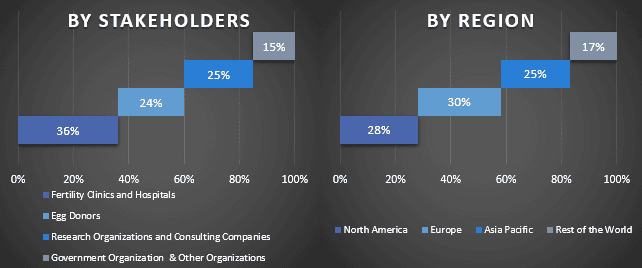
Inżynieria Rynku
Zastosowano technikę triangulacji danych w celu zakończenia ogólnej estymacji rynku i uzyskania precyzyjnych danych statystycznych dla każdego segmentu i podsegmentu globalnego rynku donacji komórek jajowych. Dane zostały podzielone na kilka segmentów i podsegmentów po przestudiowaniu różnych parametrów i trendów w obszarach typu, użytkownika końcowego i regionu na globalnym rynku donacji komórek jajowych.
Główny cel badania Globalnego Rynku Donacji Komórek Jajowych
W badaniu wskazano obecne i przyszłe trendy rynkowe globalnego rynku donacji komórek jajowych. Inwestorzy mogą uzyskać strategiczne informacje, aby oprzeć swoje decyzje inwestycyjne na analizie jakościowej i ilościowej przeprowadzonej w badaniu. Obecne i przyszłe trendy rynkowe określiły ogólną atrakcyjność rynku na poziomie regionalnym, zapewniając platformę dla uczestnika przemysłowego, aby wykorzystać niewykorzystany rynek i skorzystać z przewagi pierwszego gracza. Inne cele ilościowe badań obejmują:
- Analiza bieżącego i prognozowanego rozmiaru rynku donacji komórek jajowych pod względem wartości (USD). Ponadto, analiza bieżącego i prognozowanego rozmiaru rynku różnych segmentów i podsegmentów
- Segmenty w badaniu obejmują obszary typu, użytkownika końcowego i regionu.
- Definicja i analiza ram regulacyjnych dla branży rynku donacji komórek jajowych.
- Analiza łańcucha wartości związana z obecnością różnych pośredników, wraz z analizą zachowań klientów i konkurentów w branży.
- Analiza bieżącego i prognozowanego rozmiaru rynku donacji komórek jajowych dla głównych regionów.
- Główne kraje regionów objętych badaniem w raporcie obejmują Amerykę Północną, Europę, Azję i Pacyfik oraz Resztę Świata.
- Profile firm na rynku donacji komórek jajowych i strategie wzrostu przyjęte przez graczy rynkowych w celu utrzymania się na szybko rozwijającym się rynku
- Dogłębna analiza branży na poziomie regionalnym
Powiązane Raporty
Klienci, którzy kupili ten przedmiot, kupili również

